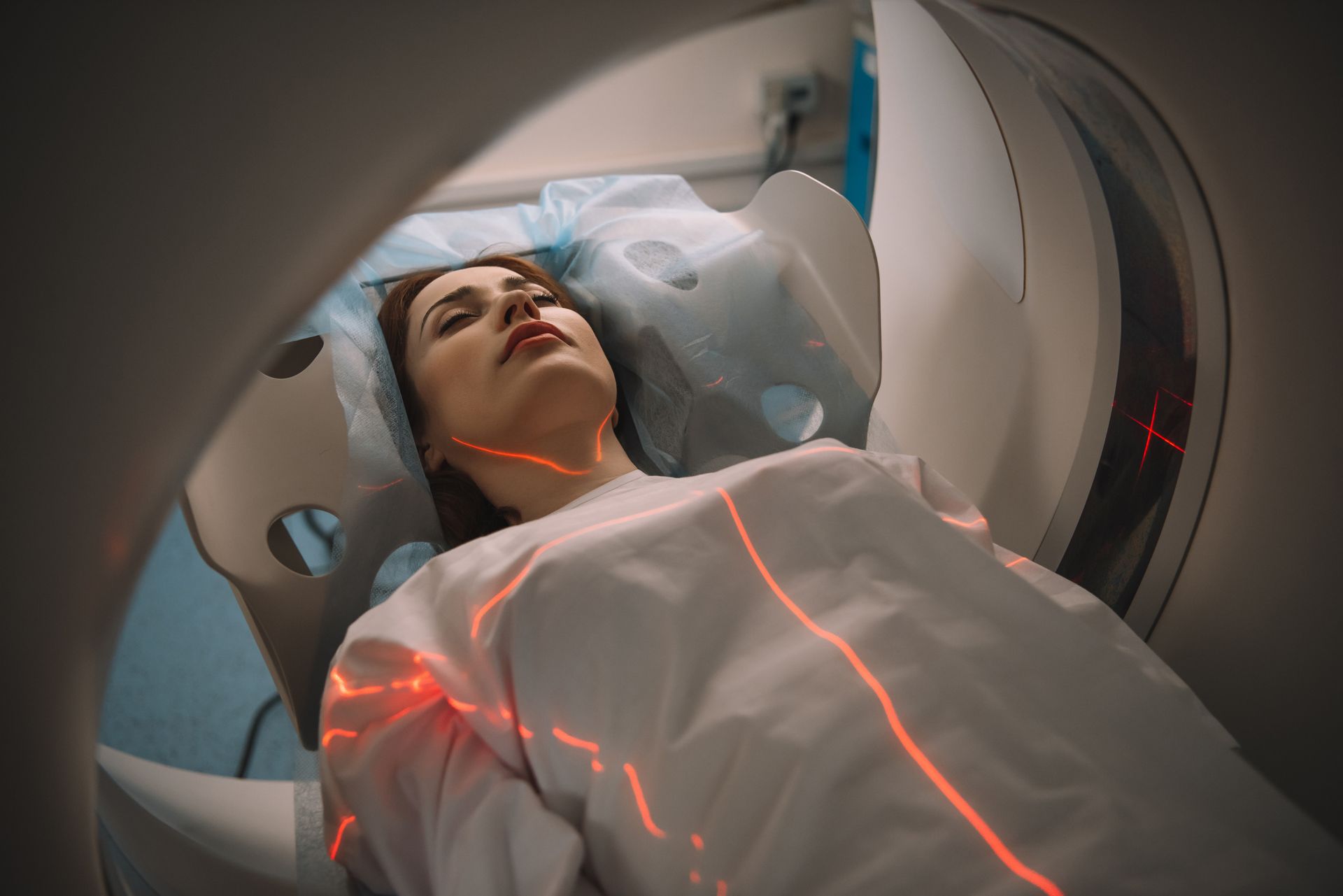Looking Deeper Into The Body

Medical professionals use magnetic resonance imaging (MRI) to "see" inside a patient. The painless scan produces a strong magnetic field that creates a highly detailed, multidimensional map of organs and tissue.
INNER TUBE
Before beginning the full-body scan, the subject is often given an injection of contrast dye that enhances the visibility of internal targets, including inflammation, blood vessels and tumors. To enter the scanner, the patient lies on a moveable table that slides deep into the donut-shaped device. Concealed magnets rotate around the core, scanning the motionless person. Unlike X-rays and CT scans, which emit harmful radiation, an MRI is harmless. However, some people experience discomfort from the contrast dye or being held inside an enclosed space.
COMPARE AND CONTRAST
In 1977, the first MRI scan took almost five hours to produce a single image. Today, a 15-minute scan can capture hundreds of images. The latest software has improved magnet speeds and image clarity. These have made MRIs an effective way to scan the heart and lungs, which must necessarily remain in motion. The new scans also utilize a 3-D process that reveals even more detail and context for analyzing organ function.
NOISE POLLUTION
Previously, the bulky MRI machine produced startling clanging sounds during scans due to the intense electrical power needed to create the magnet field. Currently, the device employs state-of-the-art noise-reduction technology that manages all vibrations. Verbal communication between the operator and subject have improved, and the reduction of involuntary movements has led to even sharper images.
